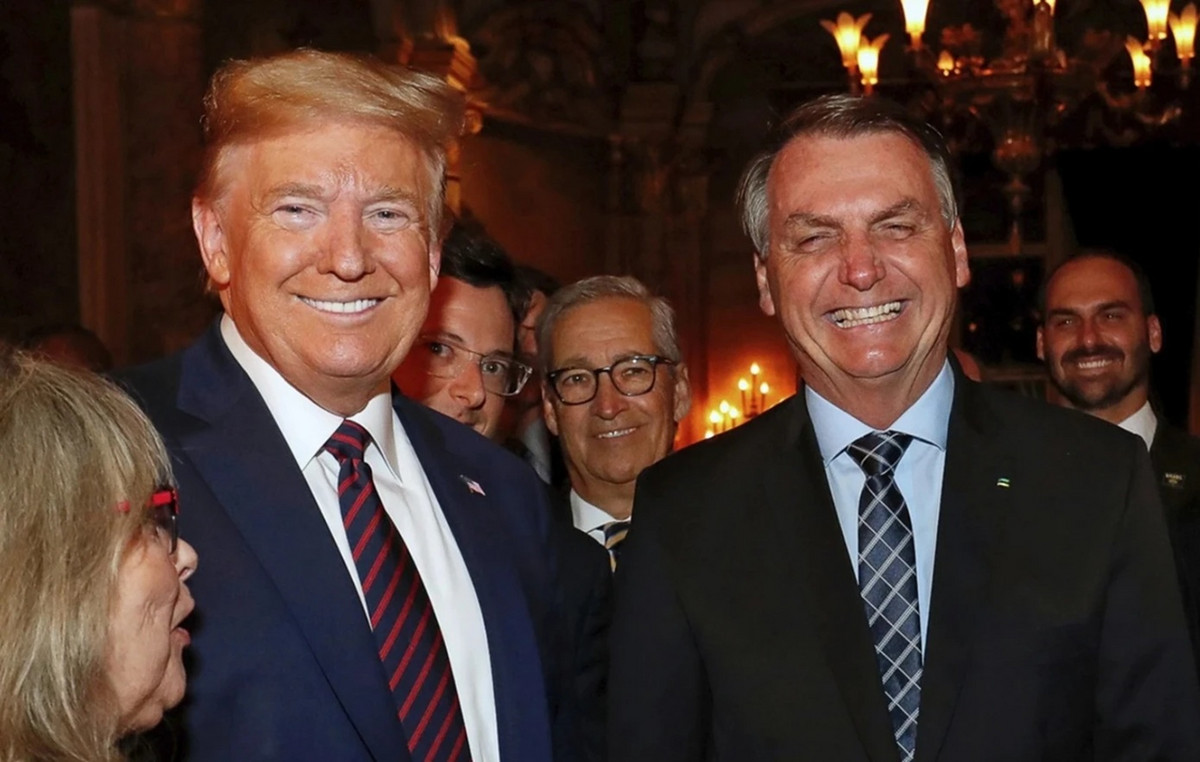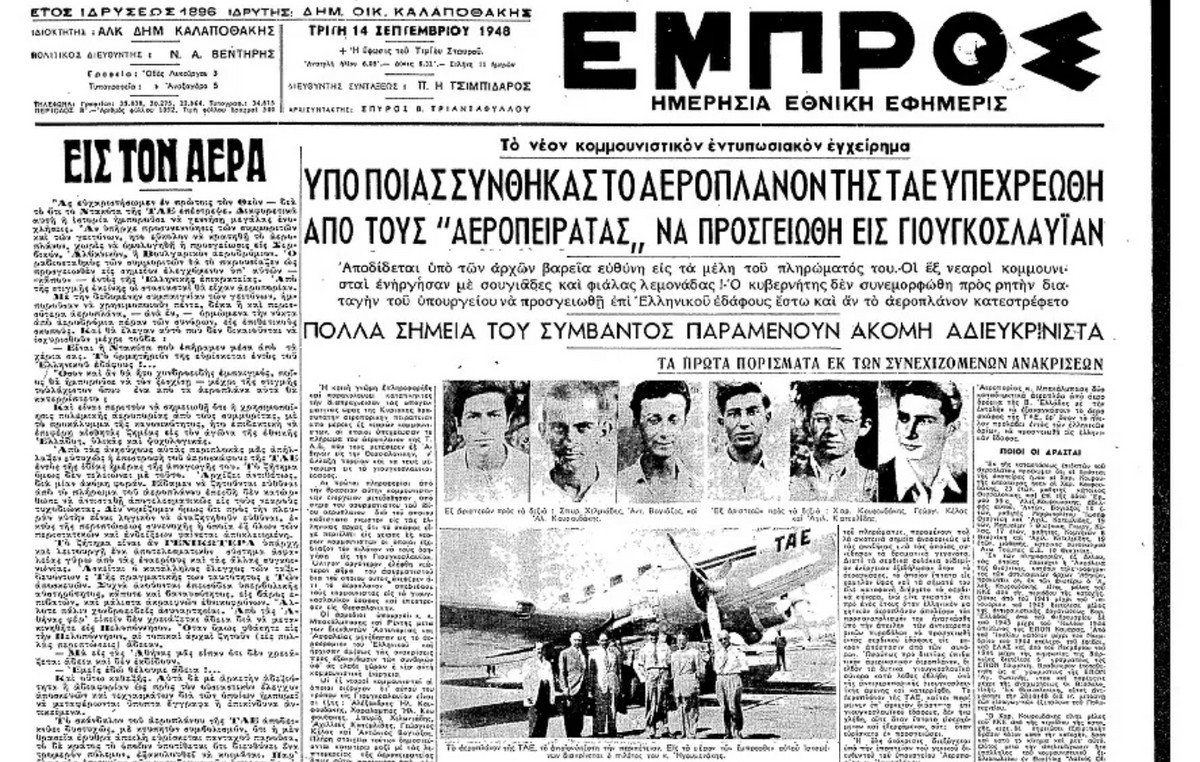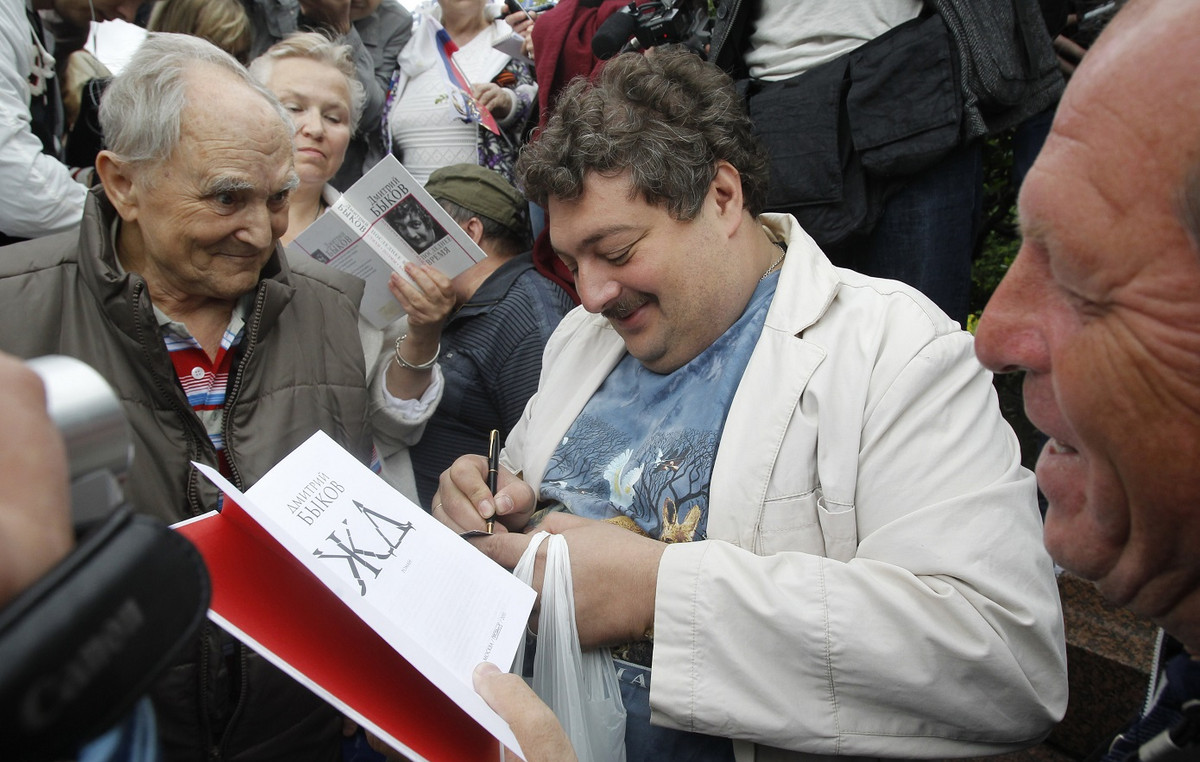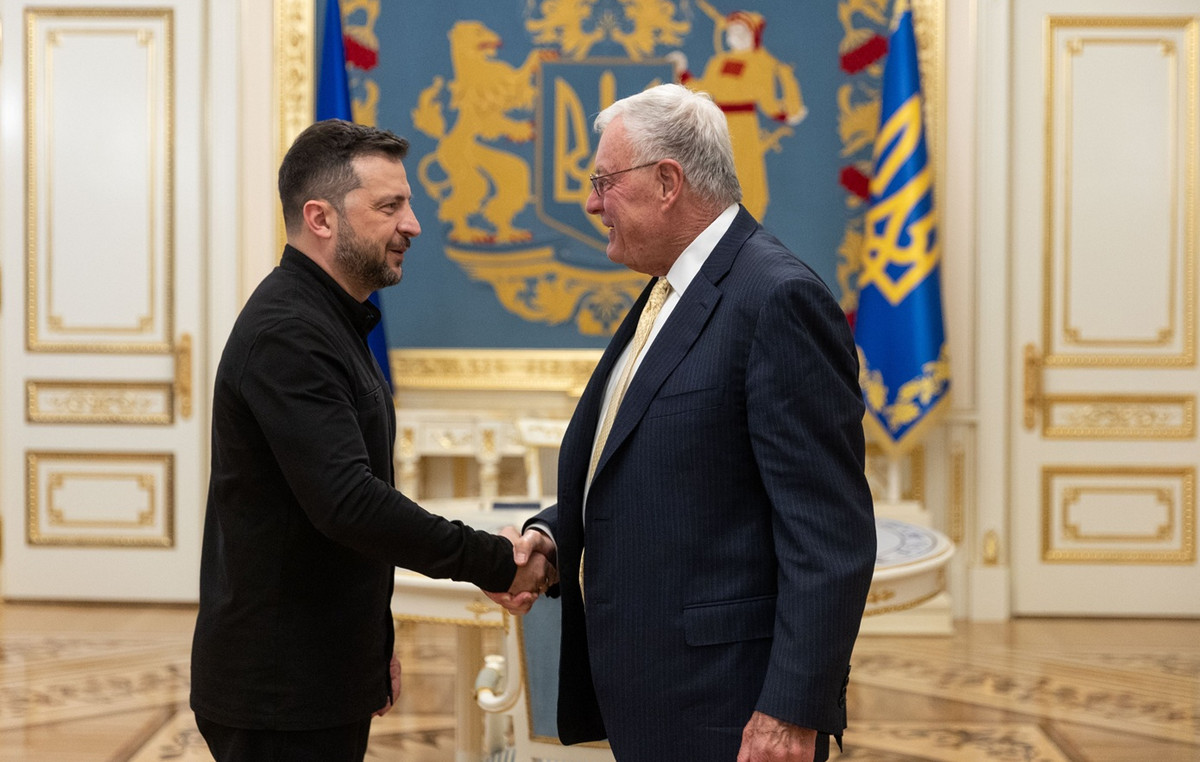In March, Brazil lost its position as the country with the highest real interest rates in the world, despite the hike announced on Wednesday (16), which led to Selic rate to 11.75%. The reason was the war in ukraineWith a range of sanctions that led to Russia to carry out a sharp rise in interest rates, overtaking Brazil.
The information is from a survey by Infinity Asset, which points out that fees Brazilian real – obtained from subtracting the interest rate for the projection inflation for the next 12 months – are in the second position of the ranking.
According to the survey, the real interest considering the projection of the Focus report inflation rate of 5.69% in the next 12 months would be 7.10%, behind only Russia, with 30.07%.
Considering nominal interest, that is, the rate itself, Brazil is in fourth position, behind Turkey (14%), Russia (20%) and Argentina (42.50%).
In February, Brazil led the ranking in real interest rates, with 6.26%, followed by Russia, with 4.67%. In raising nominal interest rates, the country ranked third, behind Turkey and Argentina.
The interest rate change in Russia took place on February 28, when the country’s central bank rose to 9% rate to 20% per year. The aim was to “support financial and price stability and protect citizens’ economies from depreciation”.
The ruble, the country’s currency, fell by 30% after a series of sanctions of western countries against Russia, and the rise in interest rates is an attempt to retain foreign investment and allow some exchange rate recovery.
In the survey, Infinity Asset states that “continues the pressure of global inflation, which has accelerated in most of the measures, given the still ongoing pressures and supply shocks to wholesale and acceleration of demand in view of the reopening process from different locations by converting most of the fees [de juros real] on negative ground”.
In that sense, the overall average real interest among the 40 survey countries was -0.94%, indicating that, in many of them, the inflation forecast is higher than the current interest. The lower real interest rates are from Argentina, with -15.20%.
Among nominal interest, the lowest rate is that of Switzerlandwith -0.75%, followed by Denmark (-0.60%) and Japan (-0.10%). The overall average of nominal rates is 3.55%.
In February, the average of real interest was -1.41%, while that of real interest was 3.05%, indicating the continuity of the global monetary tightening process to fight inflation.
“Even if we preserve part of the quantitative easing programs, the global movement of monetary tightening policies continued to gain momentum, with the significant increase in the number of BCs signaling concern about inflation, especially due to the war,” he says.
Source: CNN Brasil
I am Sophia william, author of World Stock Market. I have a degree in journalism from the University of Missouri and I have worked as a reporter for several news websites. I have a passion for writing and informing people about the latest news and events happening in the world. I strive to be accurate and unbiased in my reporting, and I hope to provide readers with valuable information that they can use to make informed decisions.







